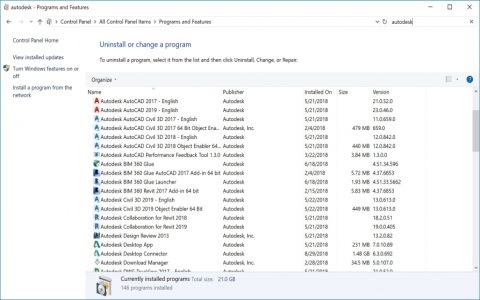Maximizing performance in embedded PostgreSQL environments demands strategic optimizations. Implementing key tricks accelerates response times and enhances efficiency.
Optimize Memory Allocation
Adjust shared_buffers and work_mem settings to align with available RAM. Larger buffers reduce disk I/O for frequent queries. Set wal_buffers appropriately to minimize write-ahead log delays. Key considerations include:
- Scale shared_buffers to 25-40% of system memory for balanced caching.
- Increase work_mem for complex sorts and joins to avoid temporary disk usage.
- Monitor performance via pg_stat_statements to fine-tune allocations.
Refine SQL Query Design
Craft efficient queries to minimize overhead. Utilize indexes on frequently accessed columns and avoid SELECT by specifying required fields. Employ EXPLAIN ANALYZE to identify bottlenecks like full table scans. Best practices involve:

- Create composite indexes for multi-column filters in WHERE clauses.
- Batch small transactions to reduce commit frequency and latency.
- Leverage materialized views for repetitive complex computations.
Adjust Configuration Parameters
Fine-tune settings like max_connections and parallel workers to prevent resource contention. Enable synchronous_commit=off for write-heavy workloads to boost throughput. Implement connection pooling to manage client requests efficiently. Key steps encompass:
- Set max_connections based on expected load to avoid over-subscription.
- Increase max_parallel_workers for CPU-bound operations in analytical tasks.
- Configure autovacuum for proactive maintenance to prevent bloated tables.
Deploying these targeted adjustments drives quicker, scalable results in resource-constrained scenarios.











